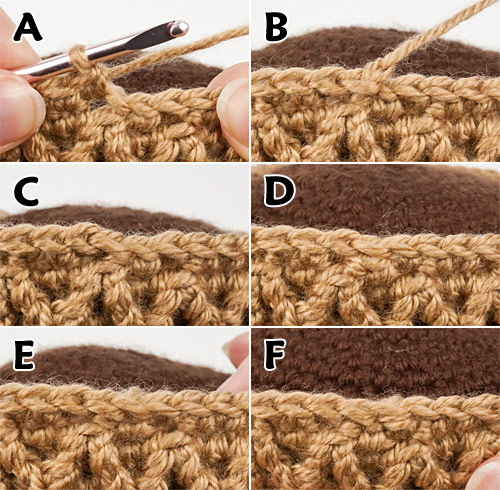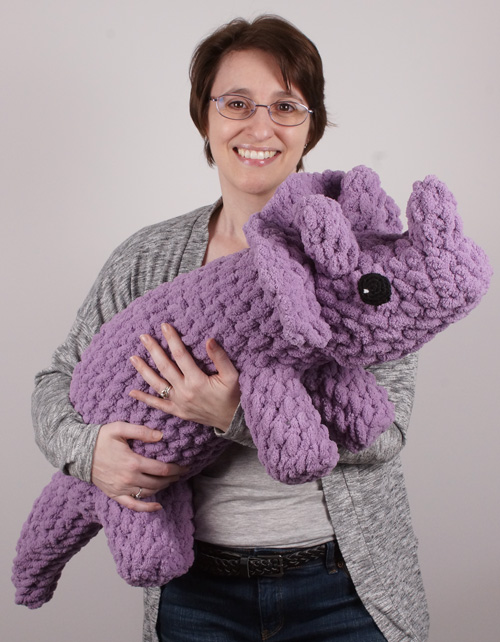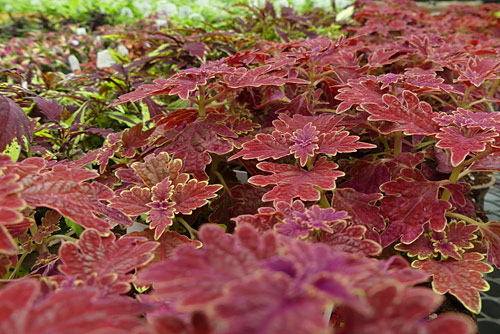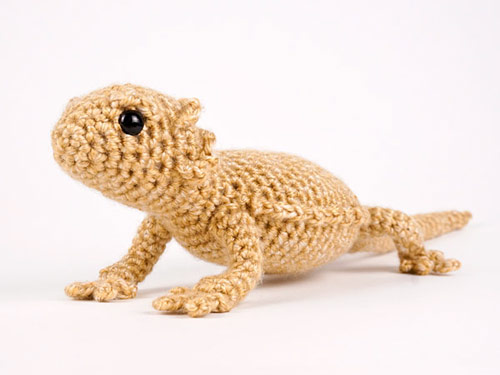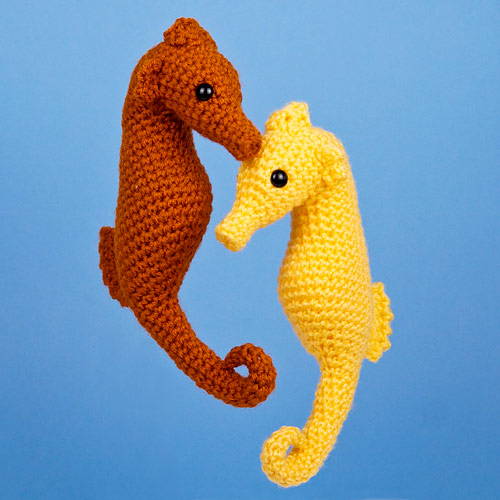
I have a very special new design for you today – it’s a beautifully-shaped Seahorse crochet pattern: Aren’t they sweet? I’m so pleased with how they turned out 🙂 Seahorse Fun Facts Seahorses are a very unusual-looking type of fish. They live in sheltered areas of warm seas across the world. Seahorses swim upright, using […]

